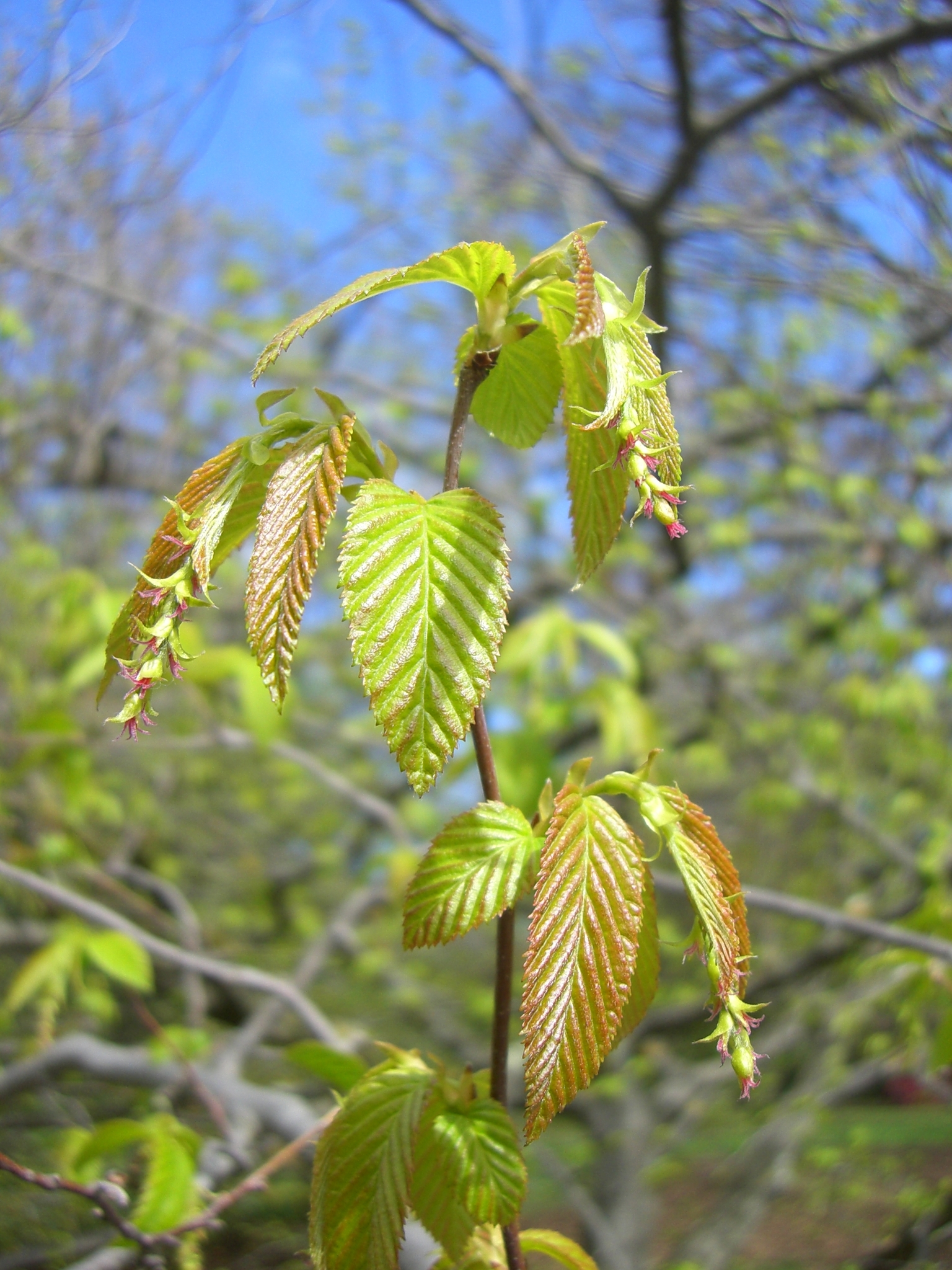
Ancient Greek name.
Deciduous shrubs, occasionally trees. Winter buds more or less ovoid, blunt. Leaves broadly ovate, soft-hairy, margins with 2 rows of teeth. Flowers unisexual, mostly appearing before the leaves. Male flowers in pendulous catkins, each bract with 4-8 stamens, filaments divided into 2, anthers hairy at the tip. Female flowers in heads; stigmas red. Ovaries with 1-2 ovules in each chamber. Fruit round or ovoid nut with woody shell enclosed by leafy toothed or divided bracts that are united to form a tube.
Although male and female flowers are produced on the same plant several cultivars should be grown together to ensure cross pollination.
Mostly by layers, suckers or seed.
Edible hazelnuts.
Nuts each more than 8 mm long in extended clusters with leafy toothed bracts.
About 17 species from temperate Eurasia and N America.
Kasapligil (1972).
Source: (1997). Betulaceae. In: . Horticultural Flora of South-eastern Australia. Volume 2. Flowering plants. Dicotyledons. Part 1. The identification of garden and cultivated plants. University of New South Wales Press.
